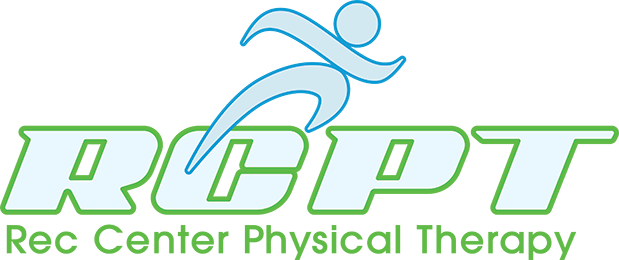Broken Ankles Cause Lasting Effects
When you break an ankle, you're going to experience difficulties with a variety of everyday tasks. For example, you will likely struggle to stand up, let alone walk, and will typically need a brace or other supporting item while your ankle heals. A broken bone usually requires a month or two to set fully, which is complicated by the fact that you'll be putting weight on your ankle while it heals.
Even people who use a brace and walk with tools such as canes or crutches may find themselves experiencing complications with their broken ankle. For example, they may slip while walking and put excessive weight on the bone. This fall may cause the bones to either heal poorly or complicate and worsen the break. This painful condition may take even longer from which to recover fully.
However, physical therapy can help manage this problem by decreasing the severity of your injury. Some types may even help improve the speed of the healing process, though these benefits will vary depending on the kind of therapy utilized. Understanding these treatment methods is critical for ensuring that you heal properly from a devastating and painful ankle injury.
Exercise Option One: Range of Motion
Decreased mobility is a common side effect of many ankle injuries. For example, your bone, tendons, and muscles may heal slightly stiffly and make your ankle less flexible. This problem can become traumatic if you are an athlete because you may end up breaking your ankle again or experiencing decreased performance capability that ruins your competitive spirit.
Thankfully, range of motion exercises can help to minimize this problem as much as possible. Typically, you start these workouts after your ankle brace is removed and you can move your ankle without feeling pain. A therapist will carefully and passively move your ankle through its full range of motion to get a feel for its limitations and to find a treatment method to improve it.
For example, rotating your ankle around the joint helps to increase your range of motion by increasing the strength of that joint. Just as importantly, you can use inversions and eversions – lifting and lowering the toes of your foot – to increase the strength of the tendons and muscles around your ankle. This benefit helps to make your ankle stronger and eliminates serious healing complications.
Exercise Option Two: Strengthening
Once you feel strong enough to start regularly walking on your ankle, you're going to need high-quality therapy to improve strength and stability. Your ankle will naturally be weaker after the break, partially because of the injury, but mostly because you've spent a few months in a cast with the ankle immobile. Strengthening exercises help to minimize this problem and keep your injury from being too problematic.
At first, your workouts will be minor and focused on flexing with resistance bands. Resistance bands improve the strength of your ankle without putting undue strain on the bone, muscles, or tendons. Once your strength improves enough, you will move on to more difficult exercises, including the use of ankle weights, to increase your strength and stability. Many routines focus on lifting and flexing your ankle, though others utilize rotation around the joint.
Many of these exercises can be performed at home while others require the use of a high-quality physical therapist. Typically, you'll start out doing each with a therapist to get an idea of what you can handle and how to perform each routine properly. Once your strength improves enough, your therapist is likely to let you do regular strength exercises at home without their assistance.
Exercise Option Three: Balance
After several weeks or even a month off of your ankle, your balance is going to be a bit off. This problem will be compounded by the fact that your ankle is an essential element of your physical stability. Without a healthy ankle, you're likely to fall or trip and suffer from further injury. Thankfully, balancing exercises can help you avoid this problem.
These types of physical therapy vary depending on the severity of your injury. For example, a one-leg standing exercise helps to improve your balance by forcing you to stand on one leg for an extended period. This activity also helps to increase the strength of your ankle and improve its adaptability to challenging standing situations. Other routines include wobble boards, which react to your weight and force you to change your stance appropriately.
One thing to remember with these routines is that they are typically better performed with the help of a professional. Falling is a common risk when performing these exercises at home, which could complicate your recovery by either re-breaking your ankle or causing it to set improperly. If you do perform balance exercises at home, have a friend or two balance you to avoid complications.
Additional Exercise Options
Physical therapy goes well beyond the four routines previously mentioned and expands to include a multitude of related methods. Just a few of the other care methods you can anticipate during your therapy session include the following:
Flexibility routines
Proprioception workouts
Plyometric exercises
Each of these routines focuses on different elements of your ankle's strength. For example, proprioception focuses on synchronizing your sense of balance with the control of your ankle and leg muscles. These routines often include standing on balance boards to improve your overall strength. Other methods, such as flexibility exercises, are similar to range of motion but push beyond to improve your ankle's overall movement.
Trust Our Expert Therapists
So if you're suffering from a broken ankle in the Marion, Iowa area and you want to ensure that your physical therapy goes smoothly, please contact us at Rec Center Physical Therapy to set up an appointment. Our professionals will work with you to create a treatment plan that maximizes your recovery speed while ensuring that your ankle sets and heals properly after you remove your brace.



